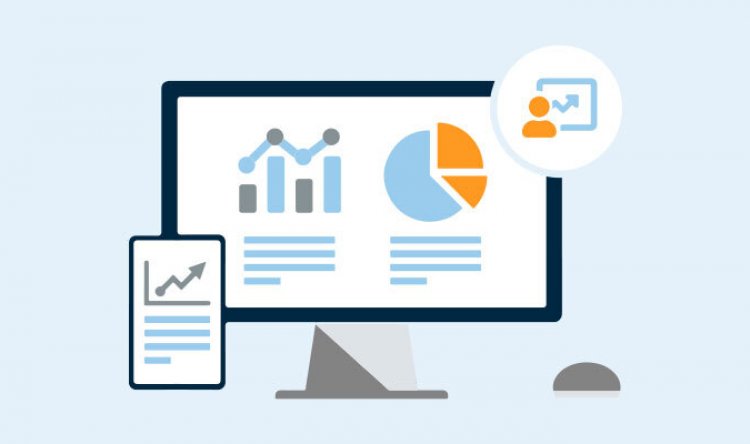The Power of Domo Analytics Explained
… The post The Power of Domo Analytics Explained first appeared on Blog.

When most people think of Business Intelligence (BI) / analytics, it usually brings a sense of apprehension since the experience with it is not pleasant or really in any way helpful to them. Domo analytics changes all that. The Domo platform itself was created to breathe new life into an industry that has largely failed its core customer— the business user.
Domo goes beyond traditional BI
While the Domo platform is evaluated by Gartner and other analysts in the BI context, it was never really the intent for Domo to be “just another BI tool”. The analytics landscape is already littered with BI tools of every kind, and there was not really a need for yet another flashy visualization tool or another top-heavy, IT-focused BI stack.
Instead, Domo founder Josh James started with the problem he had always faced as a CEO at previous companies— that reliable data has never really been readily accessible to business users, including executives. He started Domo with the assumption that the problems that needed to be solved were not principally how to make fancier charts and graphs or how IT could lock down a platform to the maximum degree (making them unusable in the end, and driving business users to Excel, defeating both their ROI goals and their intent).
Rather, the challenge was in creating a seamless, much easier-to-use platform for driving value out of an organization’s data. And the way to achieve that goal was to deliver an exceptional user experience focused on the actual business users of the platform, which is what users find when using Domo analytics.
What is different about Domo?
Given the reason Domo was founded, not surprisingly there are many differences between what people have been made to use prior to Domo, and what Domo has brought to market. While the list is long, in our experience the uniqueness of the user experience and the business value is derived in a few key ways:
1 – Above average user adoption
The first and most important difference is the radically reduced barrier to business user adoption through a well-designed platform made for the business user. Everyone has experienced at one time or another the surprise of using software that is just easy to understand and to use, where the capabilities we expect are in the places we expect them, and where they don’t require extra clicks, or extra interactions with IT to get to what is needed. This is Domo. This fact alone accounts for a significant part of the unusually high user adoption that companies experience with Domo versus other options they have tried over time.
2 – No more “fleeing to Excel”
The second core difference is really an inverse of the first: because Domo is highly adopted and utilized across teams, there is much less “escaping to Excel” behavior as is experienced in every other analytics platform or tool that we have ever seen or used in the last couple decades. This drives significantly more value out of a software investment, and has the added benefit of creating better business outcomes since users end up operating together on the data of record instead of on diverging versions of data evolving in Excel.
3 – Speed and scalability
Lastly, Domo performs and Domo scales. This is critical to the above differences as well, because historically for all other platforms it has been perhaps the single biggest deterrent to adoption— when users have to wait for the “spinning hourglass” to get their answers for sometimes minutes, and sometimes even hours amazingly. And even worse, oftentimes reports time out and users have to approach IT for more unwanted interactions. If you have ever had the experience of using or deploying other analytics platforms, this will ring true and hit a little too close to home.
This is the essence of the Domo platform, that normal business people can quickly adopt, use and derive value from their data. The interactions are intuitive, the collaboration is easy and the available entry points, from embedded analytics, to the web experience to the mobile app, is all part of a single, seamless and dare I say— enjoyable even— user experience.
Conclusion: So what is Domo for?
While Domo analytics is truly for the business, IT loves it as well. Domo enables IT to bring tangible success to their users with significantly less effort up front and over time. As a result, the Domo consulting required is typically much less involved than the massive 3 to 5 times the software cost that organizations have been forced to pay over time with other solutions.
Domo’s slogan “Modern Bi for All” captures the spirit and purpose of Domo analytics— it fulfills the broken promises of the historic BI market, but does so in a completely new way, shattering the norm and driving value out of data in ways that organizations have only dreamt of prior to Domo.
At Graphable, we have many decades of combined knowledge across most of the well-known analytics / BI platforms out there, and we chose to use Domo to run our own business. The whole team having all the critical information needed to run the business on our Domo dashboards, available on our phones at all times, is a significant component to our success. It is also the same for the hundreds of clients for whom we have successfully implemented the Domo platform over the years.
The post The Power of Domo Analytics Explained first appeared on Blog.






















